Why We Love Fat—and Why It Matters
There’s a reason why foods that contain fat taste so good. Fat adds flavor, texture, and satisfaction to meals—and it’s an essential part of a balanced diet. Fats provide essential fatty acids your body can’t make on its own and are crucial for absorbing fat-soluble vitamins A, D, E, and K.
That said, moderation is key. Many people consume more fat than their bodies need, which can contribute to a variety of health issues, including weight gain, heart disease, and gastroesophageal reflux disease (GERD).
How High-Fat Foods Can Worsen GERD Symptoms
When you eat a high-fat meal, two main things can happen that make GERD symptoms worse:
-
Lower Esophageal Sphincter (LES) Relaxation: Fat can decrease the pressure of the LES—the muscle that keeps stomach contents from flowing back into the esophagus. When this valve weakens, reflux symptoms are more likely.
-
Delayed Gastric Emptying: Fat slows down digestion, keeping food in the stomach longer. This extra time increases pressure and the risk of stomach contents backing up into the esophagus.
Together, these effects can lead to that all-too-familiar burning sensation after eating rich, fatty meals.
The Added Perk of Choosing Lower-Fat Foods
Beyond helping manage GERD, reducing fat intake can also support overall wellness. Fat contains more than twice the calories per gram as carbohydrates or protein (9 kcal per gram versus 4 kcal). By swapping in lower-fat options, you can lower your total calorie intake, support healthy weight management, and reduce your risk for cardiovascular disease and stroke—all while keeping your meals satisfying and flavorful.
Smart Cooking Methods to Retain Flavor
Cutting fat doesn’t mean cutting taste. Try these techniques to enhance flavor while keeping meals GERD-friendly:
-
Broil, bake, steam, roast, grill, or microwave instead of frying.
-
Use herbs, spices, or acid-free marinades (such as olive oil and basil) to boost flavor naturally.
-
Drain excess fat from cooked meats or blot them with paper towels before serving.
Lower-Fat Food Swaps for Every Category
Dairy: Choose skim or 1% milk, low-fat cottage cheese, part-skim cheeses, and nonfat or low-fat yogurts.
Protein: Opt for lean meats, skinless poultry, tofu, fish packed in water, or legumes (if tolerated). Cook by grilling, baking, or steaming instead of frying.
Vegetables: Fresh or frozen are best. Avoid those cooked in cream sauces or butter. Use caution with acidic vegetables like tomatoes if they’re a trigger.
Fruits: Fresh or frozen fruits are ideal. Avoid highly acidic options such as citrus if they worsen your reflux.
Grains: Go for whole-grain bread, cereals, crackers, and tortillas.
Sweets: Try low-fat pudding, sherbet, angel food cake, gelatin, or low-fat cookies. Limit rich desserts with cream, butter, or chocolate if they trigger symptoms.
Fats and Condiments: Use nonfat or light versions of dressings, mayonnaise, and sour cream. Choose olive oil or avocado oil in small amounts for healthy unsaturated fats.
Final Thoughts
You don’t have to eliminate fat to manage GERD—you just need to be strategic about the types and amounts you consume. By making small, sustainable swaps, you can support better digestion, heart health, and overall well-being while still enjoying flavorful, satisfying meals.
- Reduction in saturated fat intake for cardiovascular disease. (2020, May 28). Retrieved February 28, 2023, from https://www.cochrane.org/news/reduction-saturated-fat-intake-cardiovascular-disease
- Shan, Z., Rehm, C. D., Rogers, G., Ruan, M., Wang, D. D., Hu, F. B., Mozaffarian, D., Zhang, F. F., & Bhupathiraju, S. N. (2019). Trends in Dietary Carbohydrate, Protein, and Fat Intake and Diet Quality Among US Adults, 1999-2016. JAMA, 322(12), 1178–1187. https://doi.org/10.1001/jama.2019.13771
-
What is the difference between calories and kilocalories?: Time of Care. Time of Care | Online Medicine Notebook. (2019, May 24). Retrieved February 28, 2023, from https://www.timeofcare.com/what-is-the-difference-between-calories-and-kilocalories/


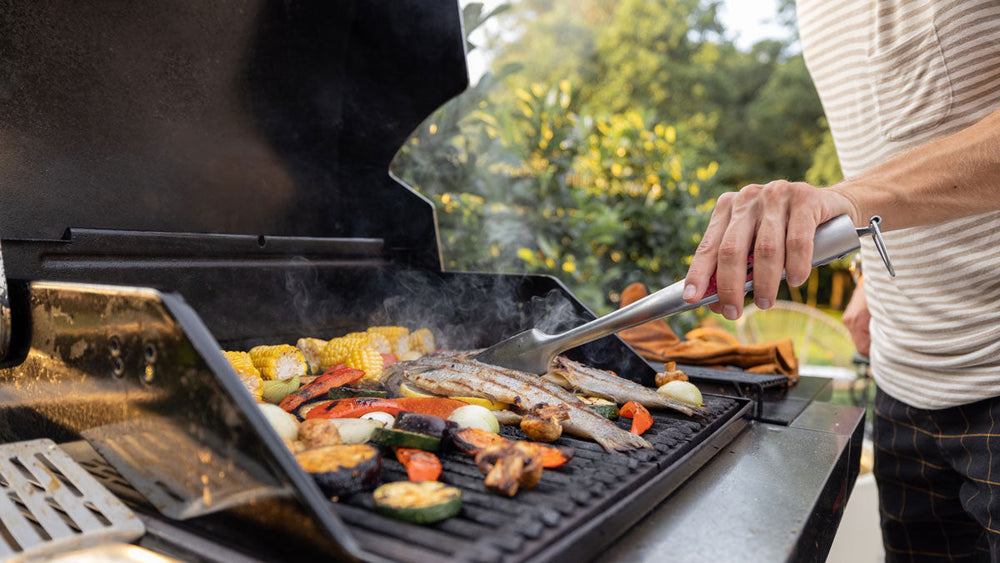
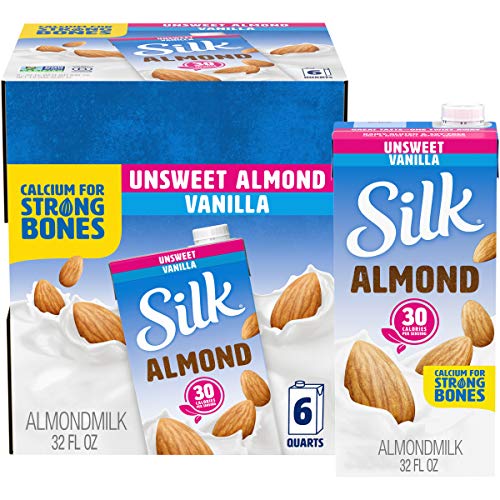
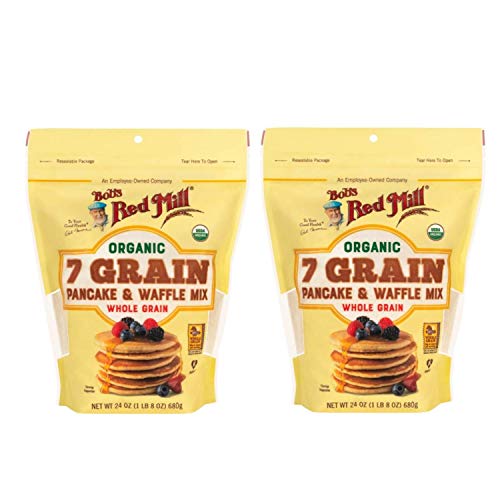
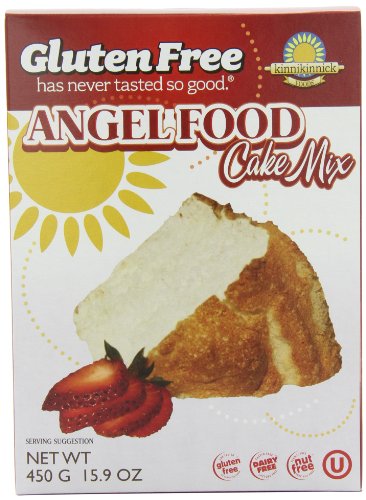


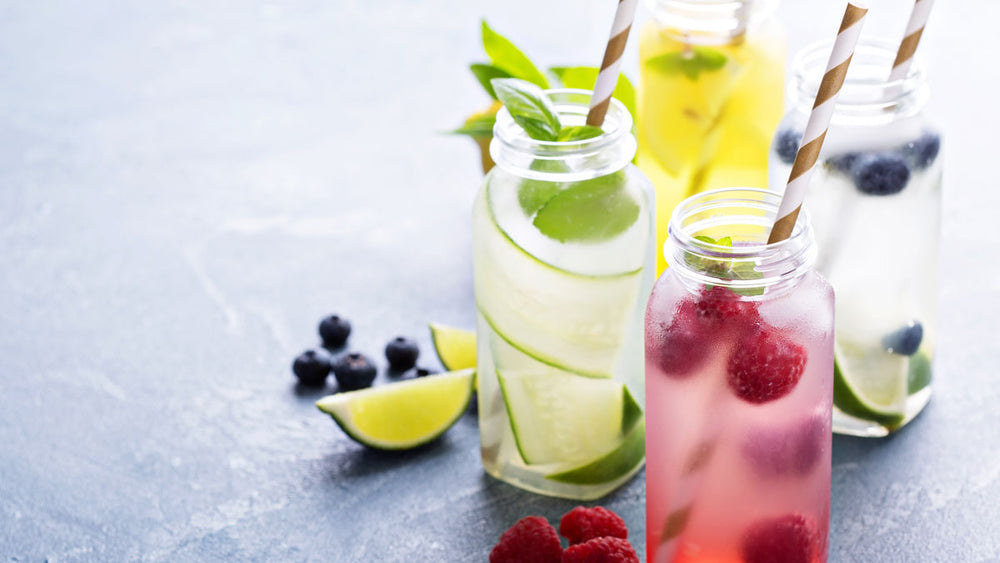












Comments
Join The Conversation...